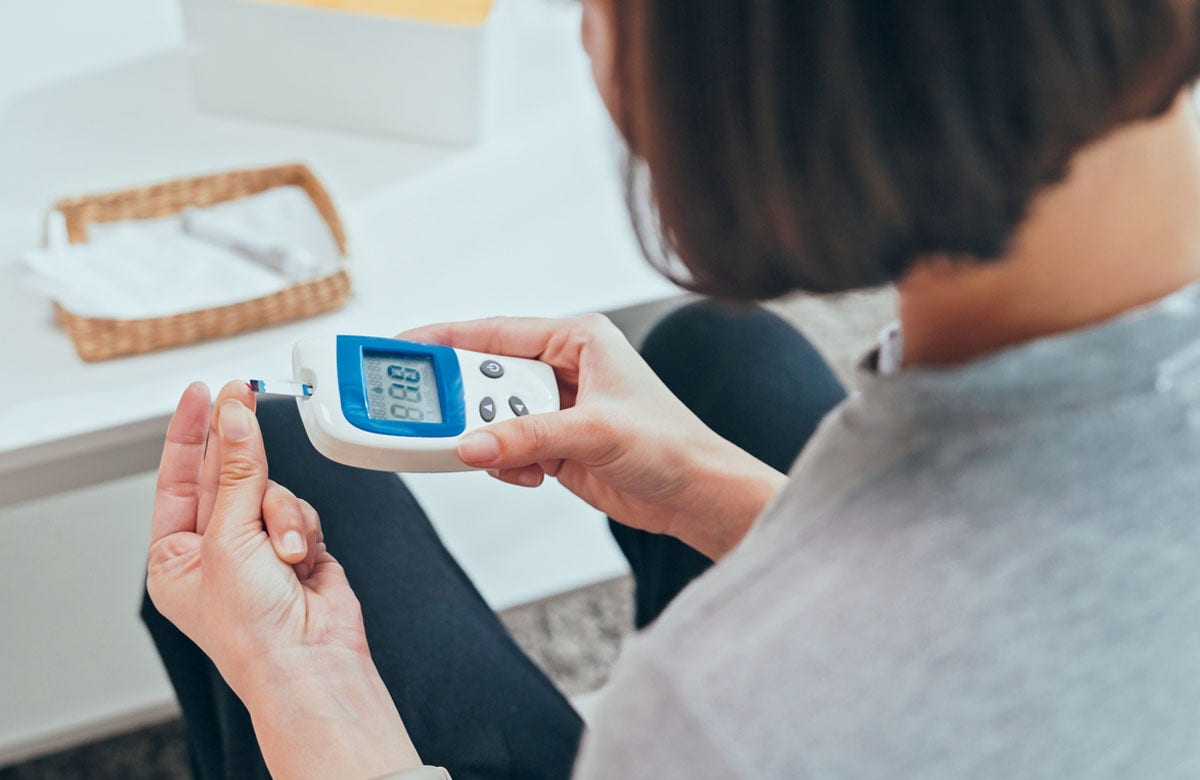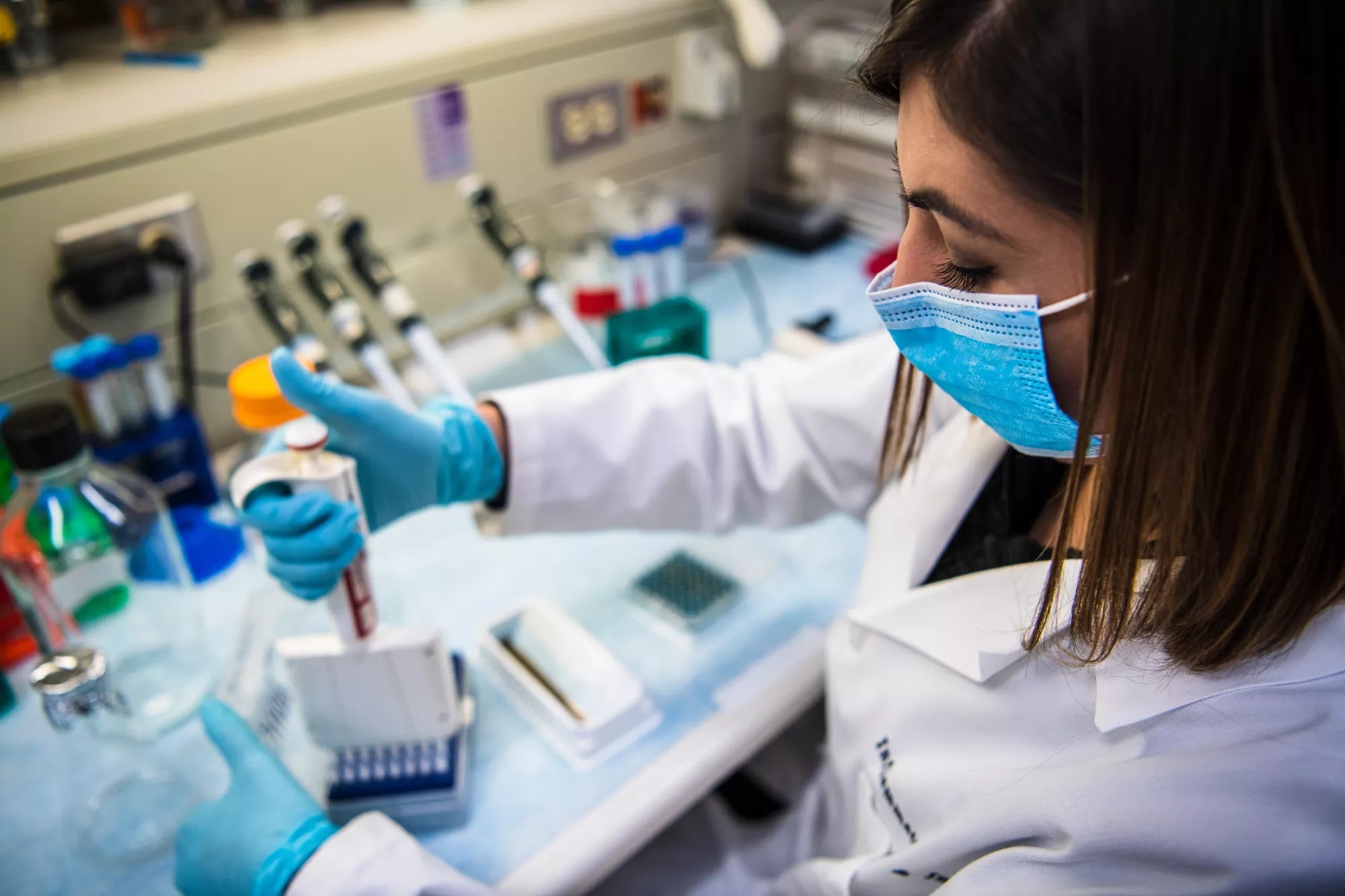These healthy adults were identified using a new method of analysis, developed by scientists at Klick Health, a US-based life sciences company, that flags a precursor to prediabetes called impaired glucose homeostasis (IGH).
In the study, published in the journal Mayo Clinic Proceedings: Digital Health, the team stressed the need for intervention to stop these adults from becoming diabetic.
“For people with diabetes, blood glucose levels can rise and fall like a wild roller-coaster ride with steep drops and peaks,” said Jaycee Kaufman, study lead author and research scientist at Klick Labs.
“We found a similar pattern in patients with IGH, albeit those patterns were more like gentle waves than dramatic peaks, but intervention on this population could limit the likelihood of progression to full diabetes,” she added.
A total of 384 people were equipped with a continuous glucose monitor for the study and assessed by a physician over a two-week time period.
Participants were diagnosed as diabetic, pre-diabetic, or healthy, according to guidelines outlined by the American Diabetes Association.
After applying the mathematical model, patients were then re-classified into two groups based on their glucose homeostasis parameters: effective or impaired.
“What was most surprising is that 20 per cent of participants, who were assessed using the standard screening tools for diabetes and cleared as healthy by a physician, were then found to have impaired glucose homeostasis-reinforcing it is now possible to provide an earlier, more accurate and sensitive assessment of people`s diabetic status,” said Yan Fossat, Vice President of Klick Labs.
With research suggesting it is possible to reverse diabetes, or at least slow its progression, there is growing demand for screening tools that can flag at-risk individuals.
Screening and monitoring involve reviewing risk factors such as age, BMI, and family history; and diagnosis relies primarily on the blood tests like glycated haemoglobin (HbA1c) and Oral Glucose Tolerance Test (OGTT).
“This new method of analysis is a major step forward in the prevention and management of diabetes,” Fossat said. “Early detection and intervention are critical in the management of Type 2 diabetes, so our method has the potential to have a significant impact on the lives of millions of people worldwide.”















































